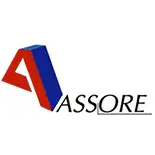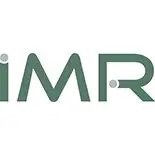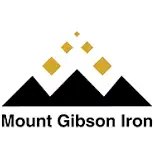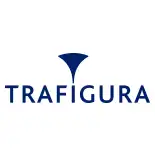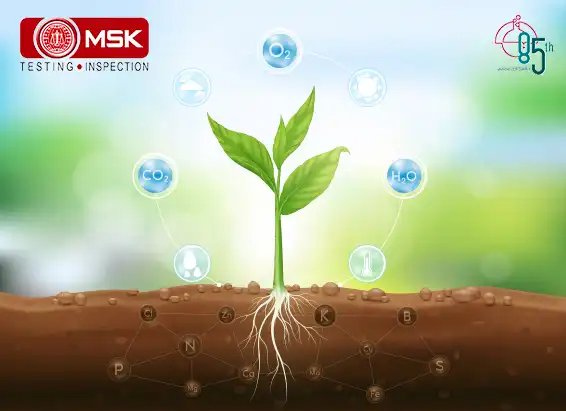
Introduction:
Activated carbon is a common term for a family of highly porous carbonaceous materials that cannot be defined by a structural formula, or by chemical analysis. In other words, a piece of carbon with millions of tiny interlocking holes (called pores) is called activated carbon. Activated carbon is essentially carbon, it is inert, and so it carries no charge. Since activated carbon carries no charge, its internal surface area is also neutral, therefore activated carbon will adsorb only neutral species. Activated carbon has had a tremendous impact on the technology of gold recovery from leached liquors. The main advantages of activated carbon are its high selectivity towards gold relative to base metals, its ease of elution and its large particle size. The use of activated carbon for the recovery of gold from dilute caustic cyanide solutions has been well documented in recent years. Whether employed in carbon-in-pulp, carbon-in-leach or loading-column processes, activated carbon has amply demonstrated its ability as an efficient extractor of precious metals from cyanide leach solutions. However since working with cyanides are difficult and toxic we have optimized a method of analysing gold in copper concentrates using activated carbon where the concentrate is dissolved in aqua regia and passed through activated charcoal. The latter selectively adsorbs the gold as tetrachloroauric acid leaving behind other impurities in the sample. Gold adsorbed activated charcoal is then ashed and dissolved in aqua regia to obtain a solution which is measured in ICP-OES for gold.
Experimental:
Suitable amount of the test portion was taken and roasted at 600 ℃ for two hours. The sample was dissolved in aqua regia and filtered. The filtrate was loaded with an appropriate amount of activated charcoal and allowed to mix. The activated charcoal was filtered and ashed. The process is repeated atleast twice, depending upon the concentration of gold in the samples, in order to adsorb the entire gold onto the activated charcoal. After ashing of the charcoal, a solution was prepared with aqua regia and the gold was measured in ICP-OES. For this study one reference material namely BCS-CRM 514 and two party assay samples (PS 01 and PS 02) were analysed.
Results and discussions:
Gold dissolves in aqua regia and in presence of excess HCl, tetrachloroauric acid is formed in solution. It is a neutral species and will adsorb onto the activated charcoal by physisorption. The extent of gold adsorption depend upon the concentration of gold in solution, the higher the concentration of gold in solution, the higher will be the amount of gold adsorbed onto activated carbon. When activated charcoal is mixed with the gold solution, a certain amount of gold will be adsorbed by the charcoal leaving behind some amount of gold in the solution depending upon the gold concentration. No matter how long the mixing is allowed to continue, no more gold will be adsorbed as the gold in solution and gold on carbon are at equilibrium. This equilibrium can only be disrupted when the loaded carbon is removed and replaced by fresh carbon. Therefore depending upon the gold concentration, the process has to be repeated atleast twice so that all the gold can be adsorbed. The table below shows the gold results obtained following the above procedure and the respective recovery.
Table 1: Gold values obtained for three samples
| Sample | Declared values (ppm) | Obtained values (ppm) | % Recovery |
| BCS CRM 514 | 19.3 | 18.4 | 95.34 |
| PS 01 | 3.10 | 3.0 | 96.77 |
| PS 02 | 2.40 | 2.36 | 98.33 |
From the above table it is evident that the gold result obtained by activated charcoal adsorption shows a good recovery and is in good agreement to the declared values. Therefore, to obtain a very good recovery of gold, the sample must be digested thoroughly so that the gold present in the sample is dissolved completely in aqua regia and secondly, the adsorption process must be repeated few times for complete extraction of gold from the solution without which the results would be low.
Conclusion:
A new method for determination of gold in copper concentrate is developed using activated charcoal. The procedure is simple, cheap and less time consuming compared to traditional fire assay procedure. The results obtained are in good agreement to the declared values. The method is applicable for copper concentrates having a gold concentration of more than 1g/t. Further optimization of the method is underway in order to include other commodities like rock samples and other gold containing ores having considerable gold concentrations.
Contributed by Dr. Satirtha Sengupta under the guidance of Prof. Barun K. Gupta.


Chief Operation, FAMD, Tata Steel Limited..


Sr. General Manager,, Emirates Trading Agency L.L.C..


Mines Manager, Hindustan Zinc Limited, a Vedanta Company.


General Manager, Stevin Rock L.L.C..


Executive Vice President (Works),, DCW Limited.


AVP – Coal Quality & Sales Compliance Head,, PT Indo Tambangraya Megah Tbk (BANPU).

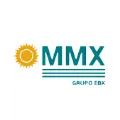
Laboratory Head, MMX.

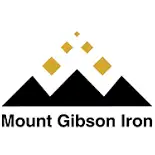
Shipping Administrator, Mount Gibson Iron Limited.

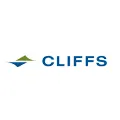
Senior Director – Asia Pacific Iron Ore Sales,, Cliffs Natural Resources Pty Ltd..

Posted on April 30 2024 By Mitra S.K ADMIN
Read More
Posted on April 29 2024 By Mitra S.K ADMIN
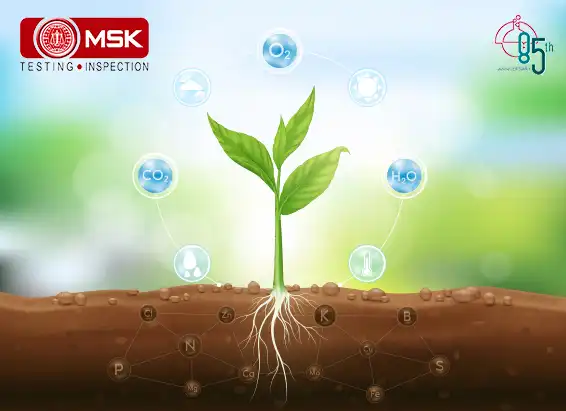
Posted on December 30 2023 By Mitra S.K ADMIN
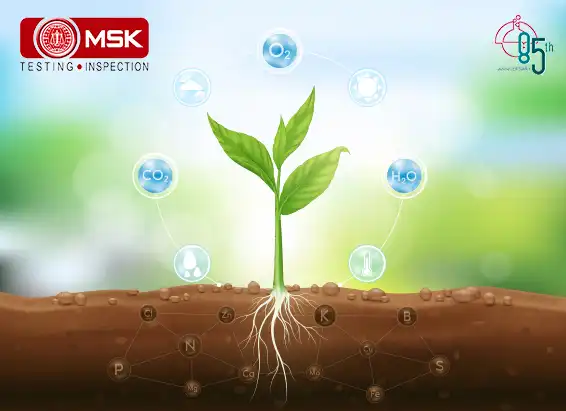
Posted on December 30 2023 By Mitra S.K ADMIN
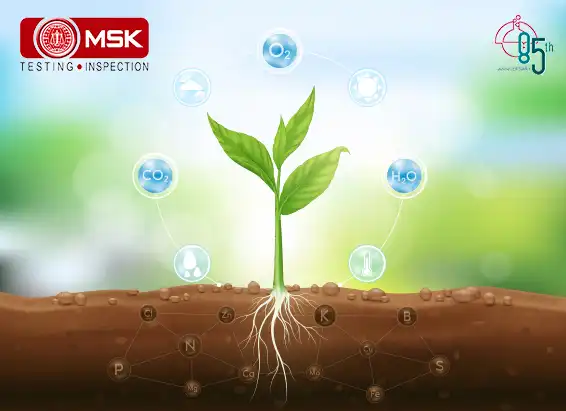
Posted on December 30 2023 By Mitra S.K ADMIN
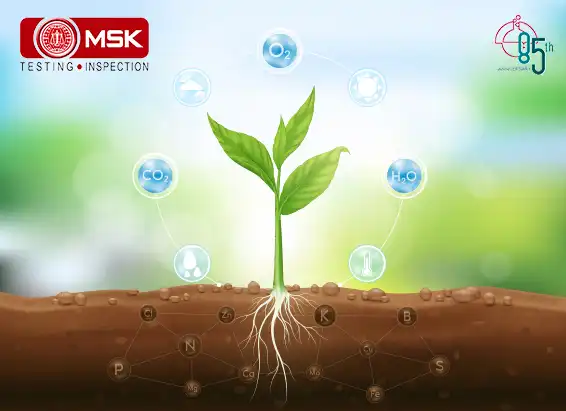
Posted on December 27 2023 By Mitra S.K ADMIN
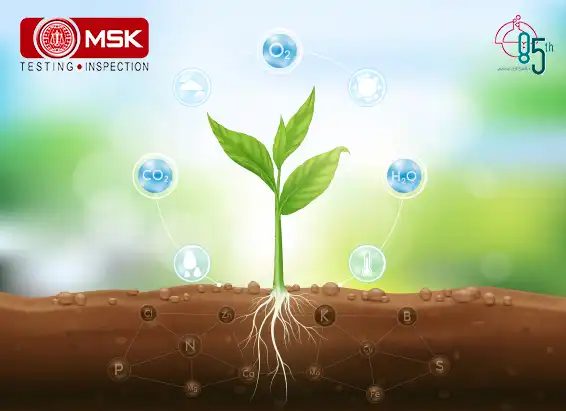
Posted on December 27 2023 By Mitra S.K ADMIN
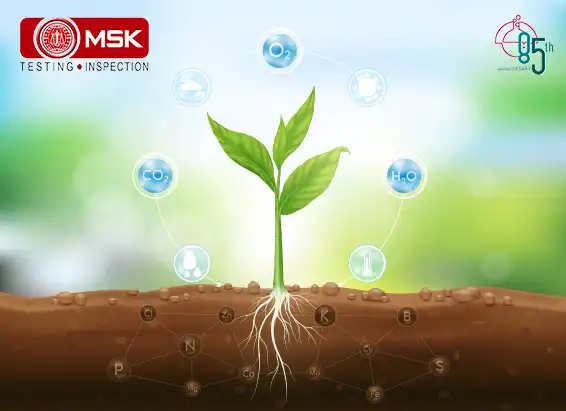
Posted on December 27 2023 By Mitra S.K ADMIN
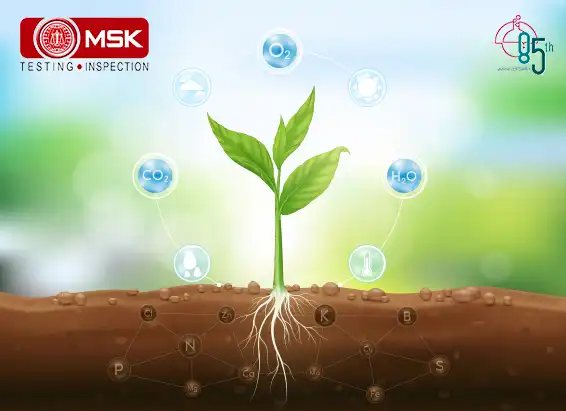
Posted on December 27 2023 By Mitra S.K ADMIN
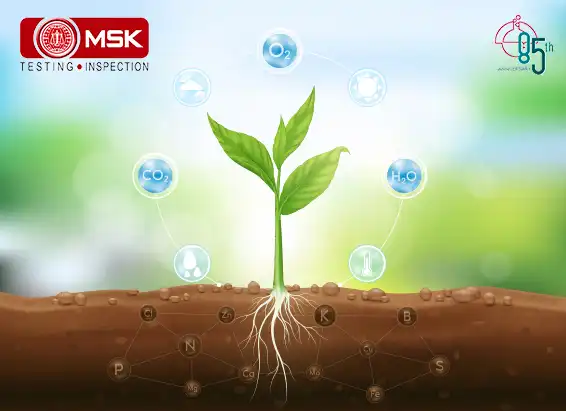
Posted on December 27 2023 By Mitra S.K ADMIN
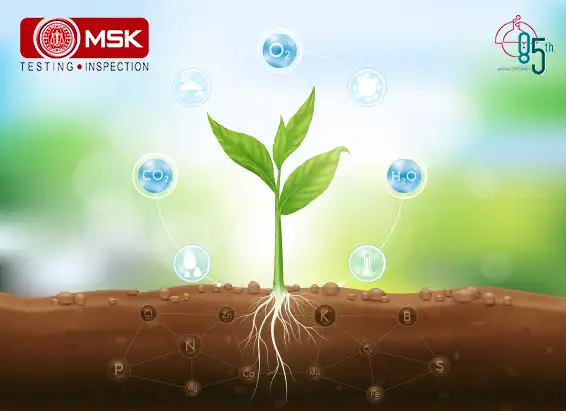
Posted on December 27 2023 By Mitra S.K ADMIN
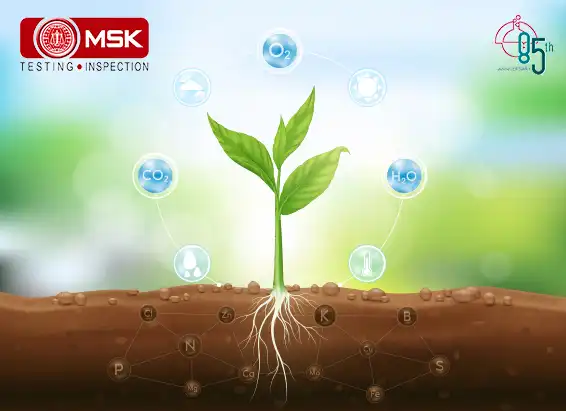
Posted on December 27 2023 By Mitra S.K ADMIN
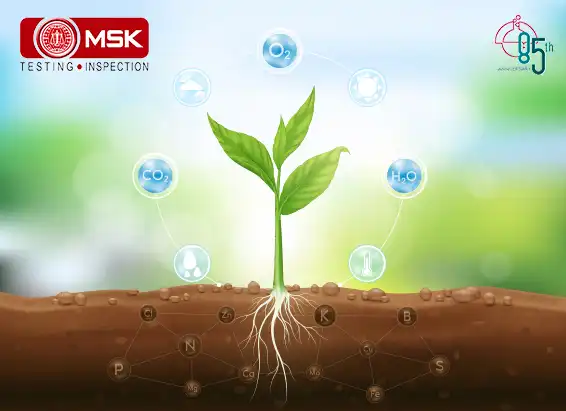
Posted on December 26 2023 By Mitra S.K ADMIN
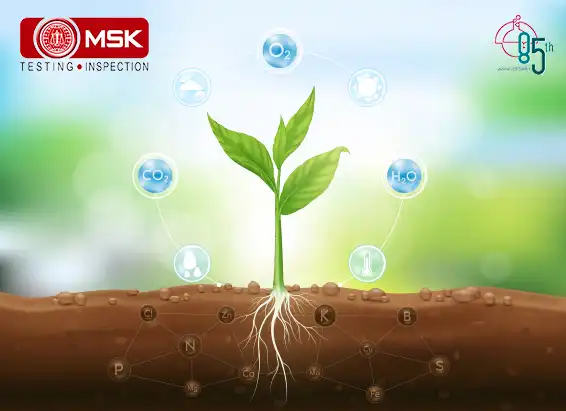
Posted on December 09 2022 By Mitra S.K ADMIN

Posted on December 02 2022 By Mitra S.K ADMIN
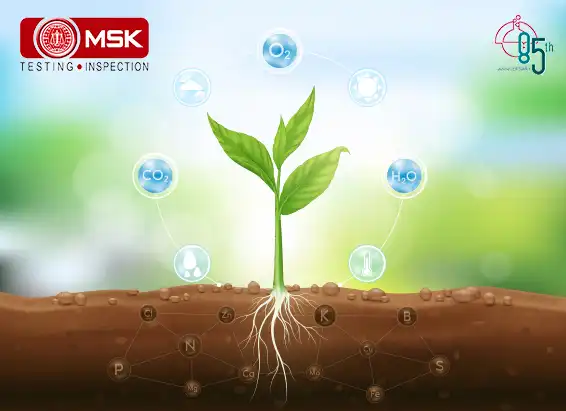
Posted on December 02 2022 By Mitra S.K ADMIN
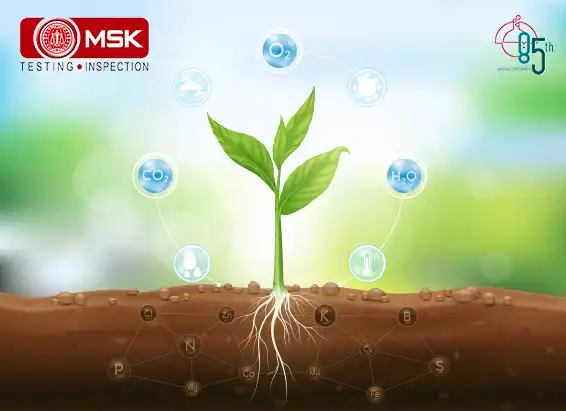
Posted on December 02 2022 By Mitra S.K ADMIN

Posted on December 02 2022 By Mitra S.K ADMIN
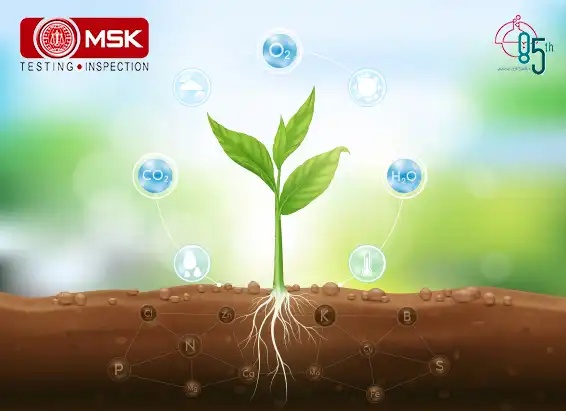
Posted on December 02 2022 By Mitra S.K ADMIN
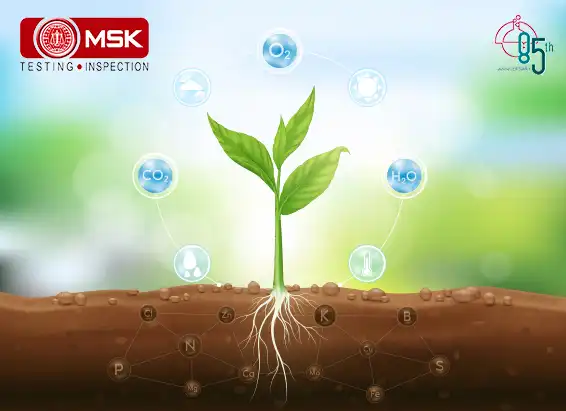
Posted on December 02 2022 By Mitra S.K ADMIN
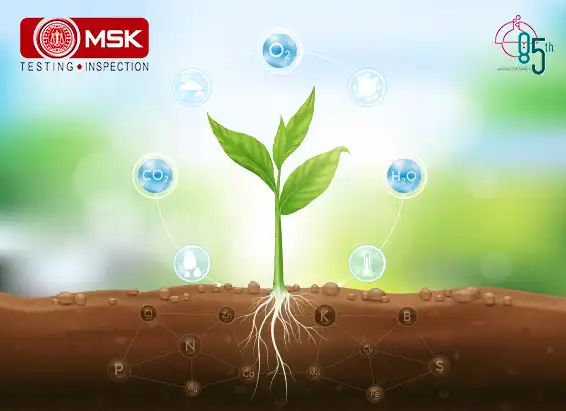
Posted on December 02 2022 By Mitra S.K ADMIN
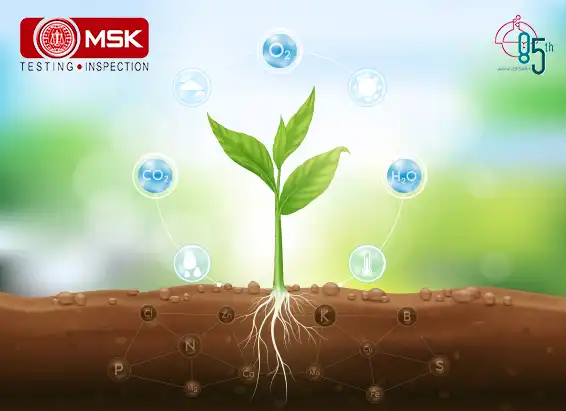
Posted on December 02 2022 By Mitra S.K ADMIN
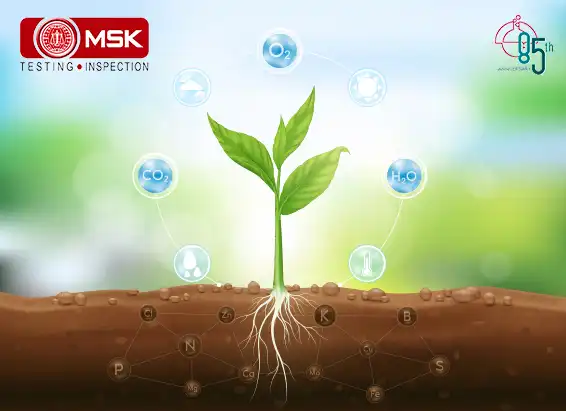
Posted on December 01 2022 By Mitra S.K ADMIN
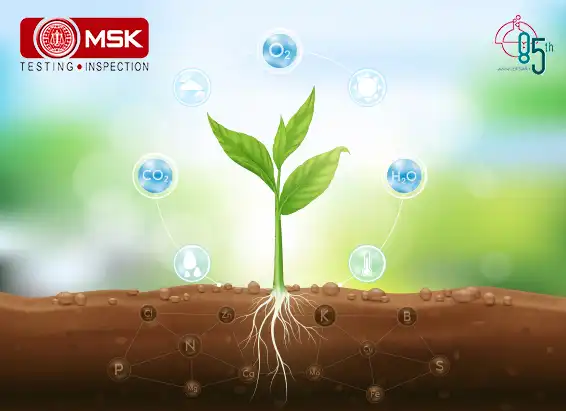
Posted on December 01 2022 By Mitra S.K ADMIN
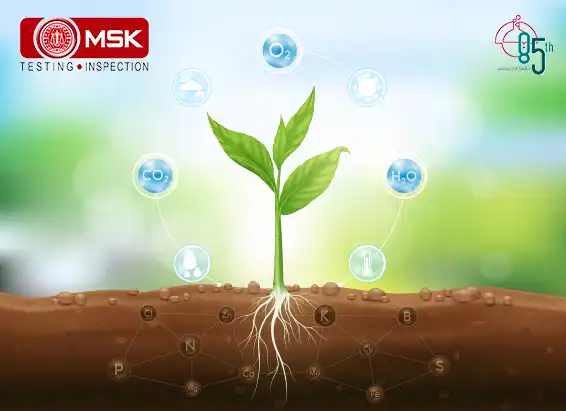
Posted on December 01 2022 By Mitra S.K ADMIN
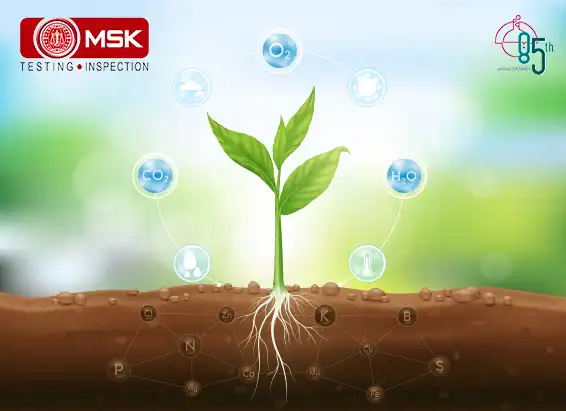
Posted on December 01 2022 By Mitra S.K ADMIN
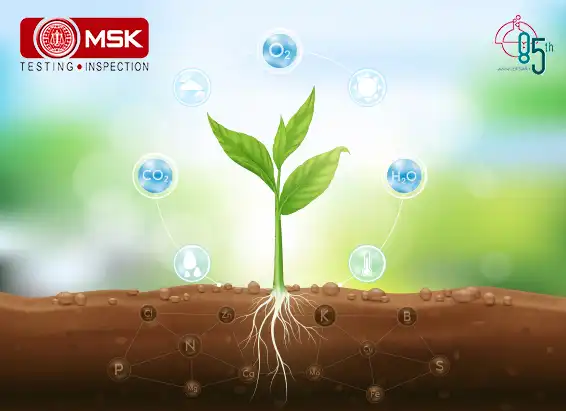
Posted on November 30 2022 By Mitra S.K ADMIN
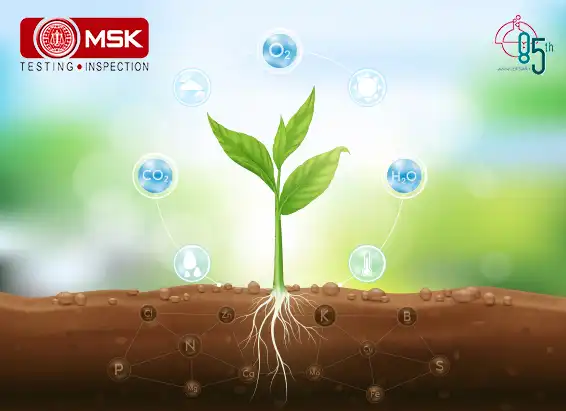
Posted on November 30 2022 By Mitra S.K ADMIN
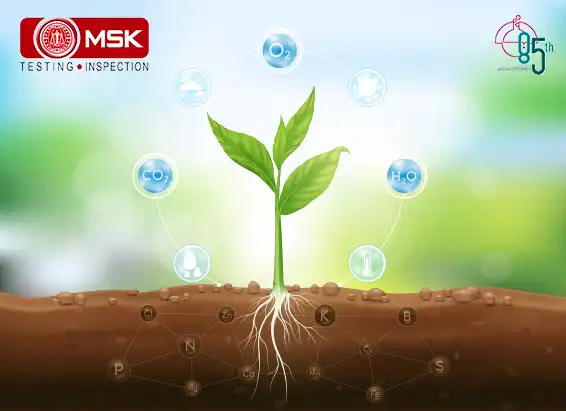
Posted on November 30 2022 By Mitra S.K ADMIN
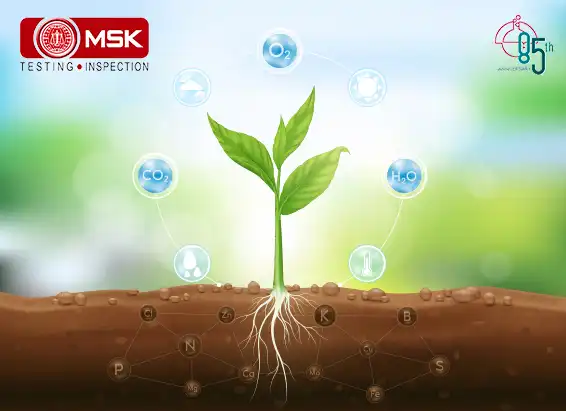
Posted on November 30 2022 By Mitra S.K ADMIN
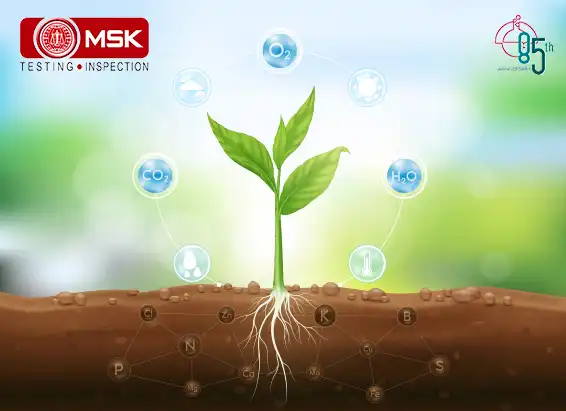
Posted on November 30 2022 By Mitra S.K ADMIN
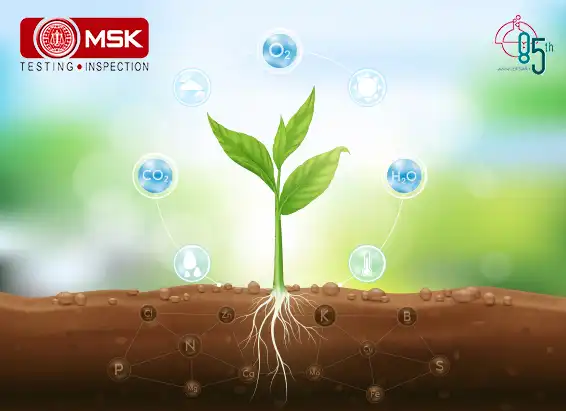
Posted on September 27 2022 By Mitra S.K ADMIN
